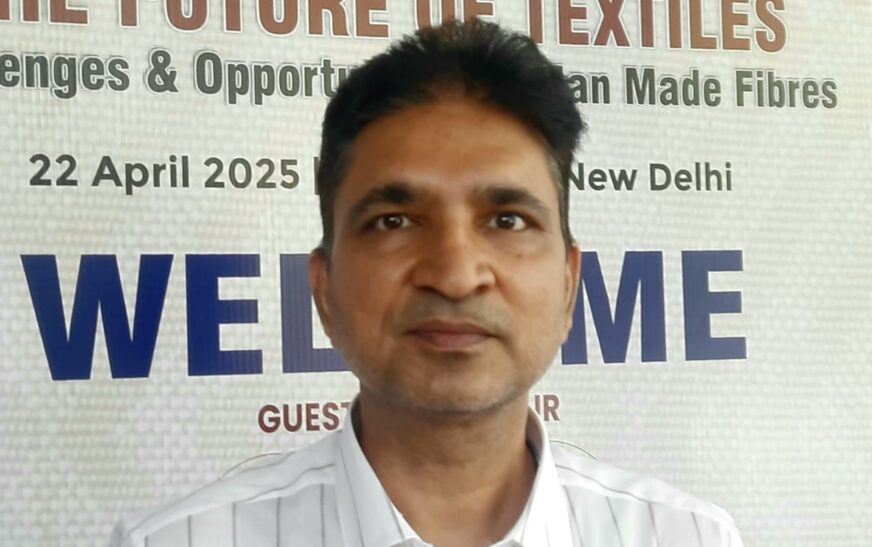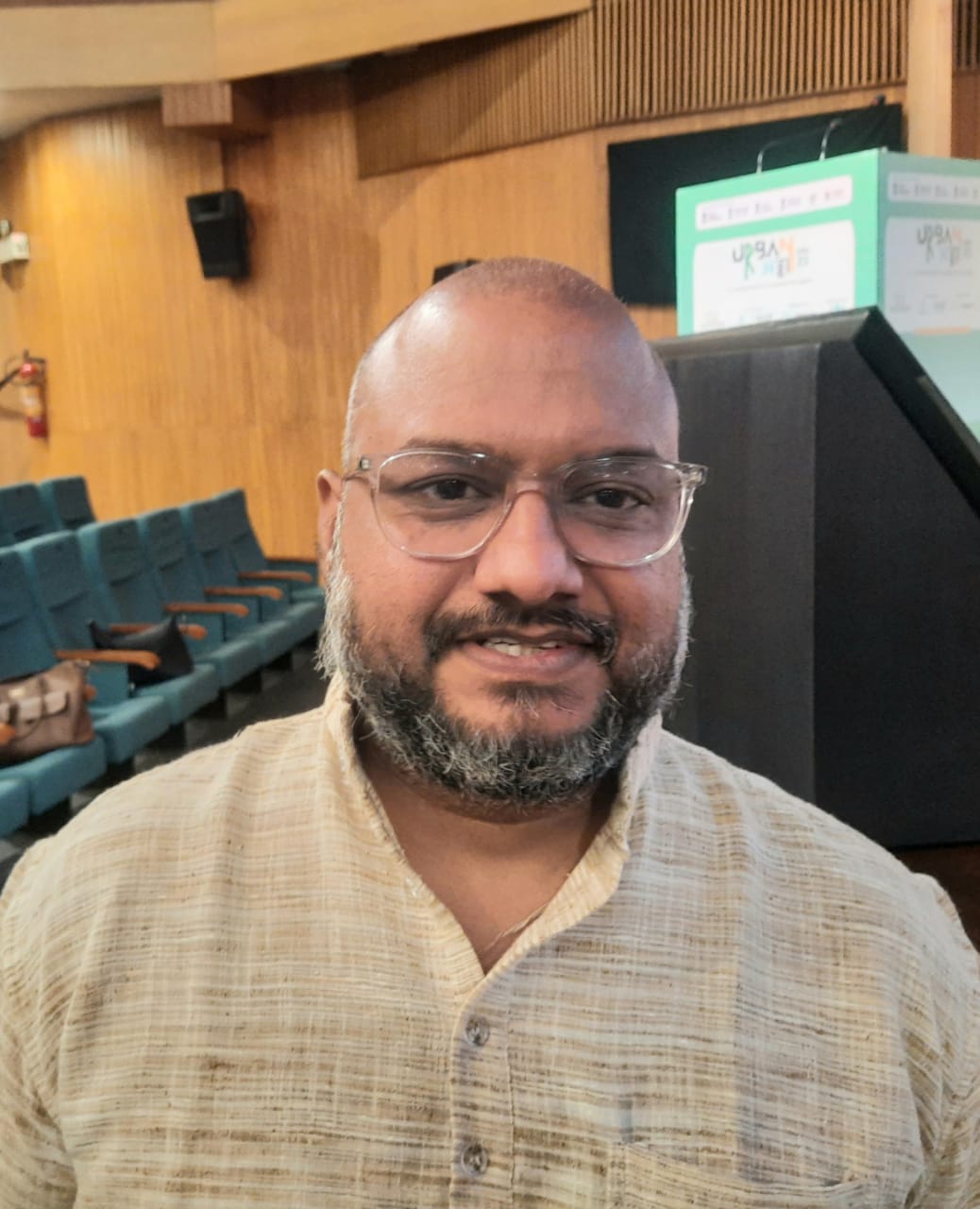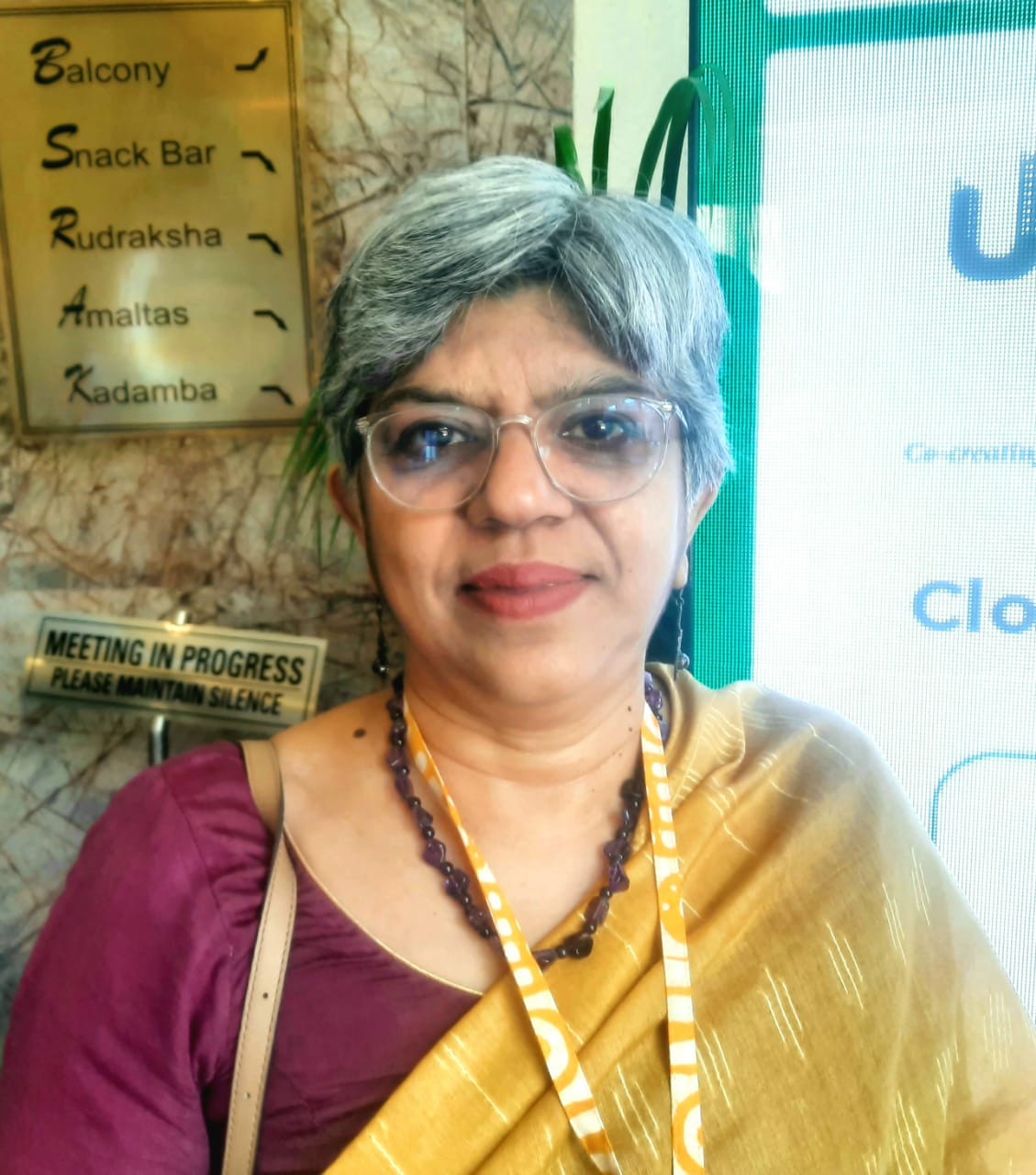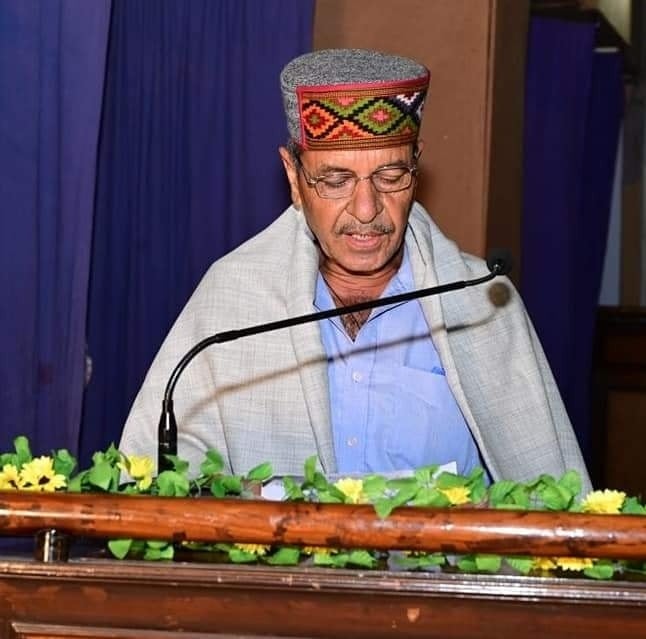India is rapidly establishing itself as a global powerhouse in technical and agro-textiles. This ascent is propelled by relentless innovation, targeted policy interventions, and rising domestic demand. The National Technical Textiles Mission, coupled with the Production-Linked Incentive (PLI) schemes, has acted as a catalyst—fuelling R&D, advancing infrastructure, and unlocking significant investments.
Indian manufacturers are swiftly aligning with international benchmarks, producing high-performance materials for sectors as diverse as agriculture, healthcare, construction, and defence. In agro-textiles, innovations such as shade nets, mulch mats, and crop covers are transforming the agricultural landscape. These solutions not only boost productivity but also conserve water and elevate crop quality—critical levers for ensuring a sustainable farming future.
With a deep-rooted textile heritage and a strong agricultural foundation, India holds a unique strategic advantage. Growing collaborations with global leaders, rising export volumes, and heightened awareness among farmers underscore the sector’s robust growth trajectory. This progress doesn’t just stimulate economic momentum—it directly contributes to India’s vision of self-reliance and environmental stewardship.
In an exclusive interaction with The Interview World at the Conference on The Future of Textiles – Challenges and Opportunities in Man-Made Fibres, hosted by the PHD Chamber of Commerce and Industry (PHDCCI), Ashok Malhotra, Mission Director of the National Technical Textiles Mission, Ministry of Textiles, Government of India, offered deep insights into the sector’s evolution. He discussed the remarkable rise of technical textiles in India, the promising performance of startups, and the transformative impact of agro-textiles on farmers. He also emphasized how emerging technologies are driving innovation and detailed the government’s strategic initiatives to strengthen and expand the agro-textile ecosystem.
Here are the key highlights from this insightful conversation.
Q: Could you provide insights into the current state and growth trajectory of the technical textiles sector in India?
A: The technical textiles ecosystem in India is rapidly taking shape, driven by strategic investments and structured initiatives. The government has allocated a substantial outlay of ₹1,480 crore to accelerate this development. Of this, ₹510 crore has already been sanctioned for a range of projects, signaling strong momentum.
Currently, 168 research projects are underway across the country, underscoring a nationwide commitment to innovation in this emerging sector. Simultaneously, ₹500 crore has been earmarked for education and skill development, of which ₹200 crore has already been deployed.
To build a future-ready workforce, technical textile courses are being introduced in academic institutions. In parallel, internship programs and hands-on skill development initiatives are being implemented. These efforts are advancing in tandem, creating a robust foundation for the industry’s long-term growth.
Q: How are startups in the technical textiles sector performing, and what opportunities or challenges are they currently facing in India?
A: Initially, we faced a significant setback as people were hesitant to pursue startups. The lingering effects of COVID-19 had taken a toll, with many losing their jobs and small businesses being forced to shut down. However, we are now witnessing a remarkable surge in startup activity.
In the past two years, we saw only seven or eight startups emerging. But recently, there has been a noticeable rise. To date, we have sanctioned 17 startups, all of which are progressing steadily. Additionally, several applications are currently in various stages of processing, reflecting the growing momentum in the startup ecosystem.
Q: How is the textile industry evolving in India, and what are the key challenges it is currently grappling with?
A: The primary challenge lies in the need for industry-wide upgrades and research initiatives. Currently, research is primarily government-driven, rather than being industry-led. It is crucial for research to take place at the industry level, with manufacturers receiving clear guidance on what needs to be done. While we are conducting research in labs and passing it on, this approach alone will not drive sustainable growth. The industry itself must begin investing in research. Without this active participation from stakeholders, the system cannot thrive. This is the core shift we seek.
Another significant issue is the disconnect between academic research and industry needs. Many educational institutions focus on theoretical PhD research that often results in mere paper publications rather than solving real industry problems. For progress to occur, academia and industry must collaborate closely on research that addresses real, industry-specific problems. Research should be driven from the ground up, not dictated by the academic perspective. This bottom-up approach is essential for meaningful innovation and progress.
Q: Agro-textiles are a relatively new concept in India—how can they benefit Indian farmers, and what is their potential for transforming agricultural practices?
A: The farmer is reaping significant benefits in terms of yield by leveraging agro-textiles. We have developed a range of advanced shade nets and mulch. When applied to their land, these solutions have shown remarkable results. To demonstrate this, we’ve established a Climate Smart Agro-Textile Demonstration Centre in Navsari, Gujarat. Here, farmers can witness firsthand the difference in yield when comparing conventional methods with our innovations. We’ve set up side-by-side comparisons, highlighting the substantial increase in yield by using agro-textiles. For example, you can see the contrast between tomato crops grown without a shade net and those cultivated with one.
Q: What types of technologies are being leveraged to drive innovation and advancements in the agro-textiles?
A: The key benefit lies in the shade net’s ability to regulate the specific frequency of light needed by a particular crop. Research shows that each crop requires a distinct light frequency for optimal growth. The shade net we’ve developed filters out unnecessary light, allowing only the specific wavelengths essential for the plant. As a result, the plant absorbs the ideal light, leading to a remarkable difference in growth and yield.
Q: What kind of support and initiatives is the government undertaking to strengthen and expand the agro-textiles in India?
A: We are collaborating with Krishi Vigyan Kendra to reach farmers. Currently, we are training their teams, who in turn are guiding farmers on the benefits they can gain. Simultaneously, we are inviting farmers to our demonstration centre. There, they can observe firsthand the differences, see how much more they can earn by using these nets, and learn about the various requirements for their implementation. For three years, government agencies will support farmers, assisting with net maintenance and other crucial aspects of farming.
Q: What types of crops are agro-textiles commonly used for, and how do they enhance crop productivity or protection?
A: Nearly all crops grown under the nets can be transformed into textiles. It’s important to note that the net itself is made of textile material. The net is simply placed over the crop, allowing it to grow without limitation. This approach isn’t confined to textile crops alone. You can use it for wheat, hemp, jute, or any crop you choose, including tomatoes, without any issues.









